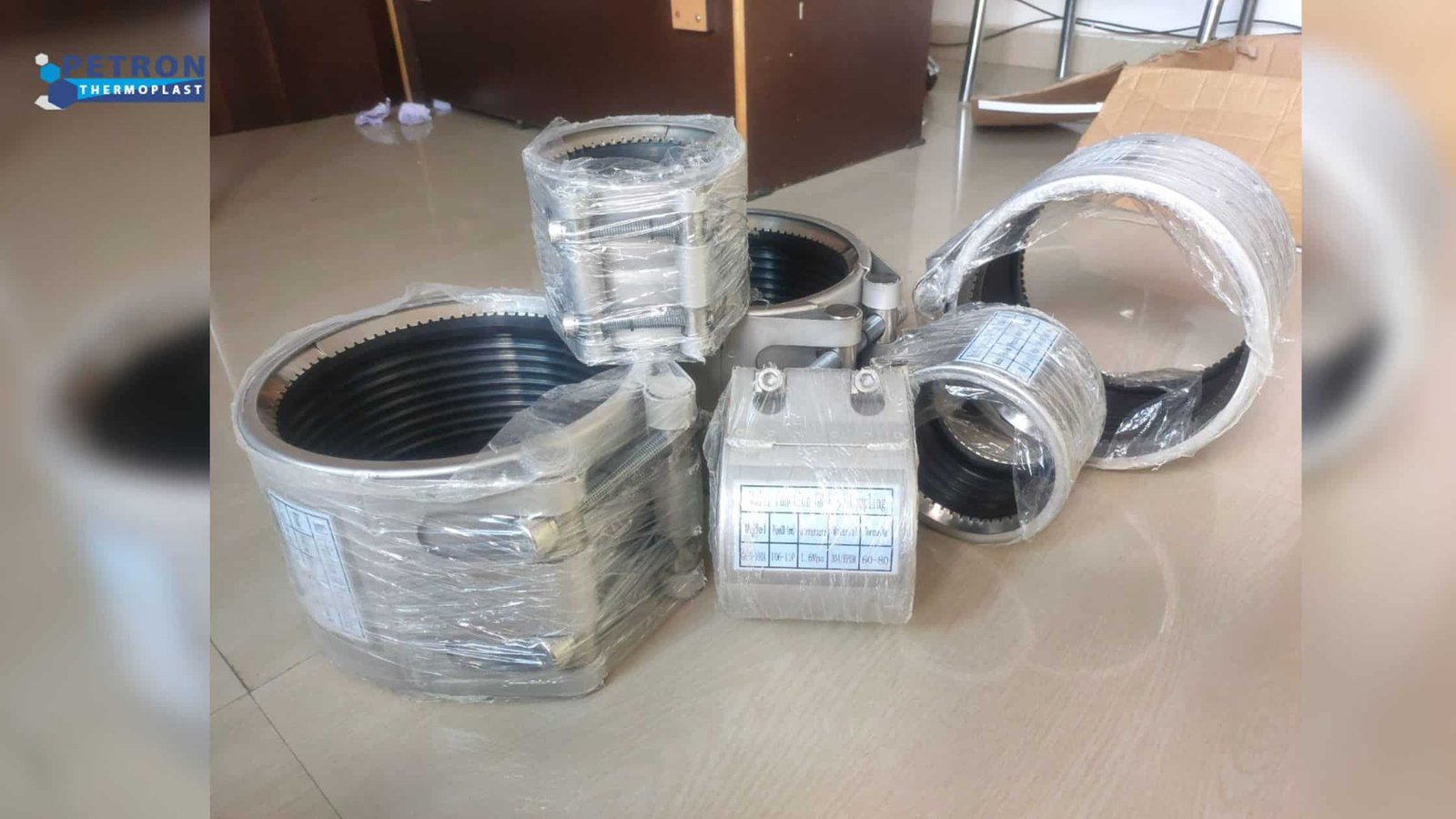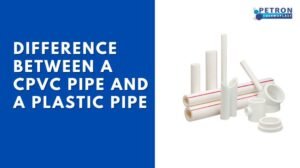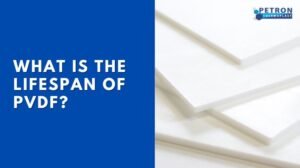Do You Know The Importance of Coupling And The Significance of Straub Coupling?
Pipe couplings are essential in the repair of water and sewer pipelines. They provide a quick method of connecting pipes of all sizes and materials. Couplings can be used in virtually any pipe joining condition, from cooling return pipes in energy plants to gas and water replenishment systems. Whether you’re searching for the perfect pipe coupling for water supply and wastewater systems, you should learn everything about Straub coupling, various coupling types, and their specific applications in the industry.
Why is coupling in pipes required?
A Pipe Coupling is a very short size of pipe or tube with either socket or female pipe threads at one or both ends. It allows multiple pipes or tubes of equal or different sizes to join in piping or plumbing. Couplings are pipe fittings that aid in the extension or termination of pipe runs. These fittings are often used to change the size of the pipe. It can also be used to patch a broken or leaking pipe.
A pipe coupling is a pipe fitting that connects two or more pipes while maintaining continuity between them. Most pipe installations necessitate the joining or cutting of several pipe lengths to allow for changes in direction and the crossing of obstacles. It necessitates a relatively quick technique of connecting the pipe sections while preserving the integrity of the pipes.
How does a pipe coupling function?
Pipe couplings are used in water and wastewater piping systems to connect two or more pipe sections to maintain continuity between them. They can connect pipes of different or equal sizes and more than two pipes if they are cross or T-shaped.
Couplings of various types are used in the water and wastewater industries to provide an economical and effective means of joining various pipe materials and sizes. Flexible couplings enable efficient and quick piping repair. It is particularly important when repairing municipal water and sewage lines, as lengthy service interruptions are usually not permitted.
How should a pipe coupling be used?
There is no one way to use pipe couplings in water and wastewater applications. It is because distinct piping maintenance and renewal projects necessitate various pipe repair clamp or couplings, each of which has unique installation requirements.
What are the applications of pipe coupling?
Pipe couplings can be used in a variety of situations.
- Fast piping modifications:
Using a pipe coupling or connector is often the most efficient and cost-effective way to modify or consider replacing pipe sections in water and sewage systems.
- Attaching pre-fabricated pipe systems:
Couplings are used to connect a variety of pre-fabricated pipes. Some couplings are intended to join pipe sections with the same O.D. diameters, whereas others can be adapted to various pipe sizes.
- Quick piping repairs:
Repairing leaky, damaged, or deteriorated piping: In many cases, couplings offer the most cost-effective solution for fixing leaky, damaged, or deteriorated piping. It is especially true if the degradation is substantial and replacing the damaged pipe section is the only viable option.
- Linking pipe sections of different materials:
Pipe couplings are typically made of similar materials as the tube or pipe to be joined. Copper couplings, for example, would be used for copper pipes, though brass and bronze are also prevalent.
The pipework’s internal pressure and axial strain must also be considered when using couplings for pipe repair. During the repair procedure, the axial loadings or stresses must be regionally restrained to prevent the precision machined parts or pipe components from separating.
Why choose Straub?
Straub-Clamp is a well-known brand of a pipe clamp. It is well-known for its ability to provide extremely safe and dependable pipe sealing. It has the same effect for different pipes, i.e. pipes made of steel, cast iron, PVC, fibre cement, ductile cast iron, etc. If the potential damage is up to 250mm, these clamps can be used to repair it right away.
The Straub-Clamp is manufactured of standard EPDM resp. The diameter of the repair clamp should be the same as the outer diameter of the pipe being repaired. In this case, the general installation requirements for pipe surface preparation must be followed.
What exactly are Straub couplings?
Anchoring teeth engage in the required pipe material, forming a mechanical frictional connection that absorbs axial forces caused by internal pressure. When the axial tensile force on the pipe increases due to increased internal pressure, the teeth engage deeper into the pipe surface.
Depending on the size, the STRAUB-OPENFLEX is a foldable or multi-part FLEX pipe connector. A fixed point and a sliding pipe constraint are necessary for each pipe segment. If STRAUB-FLEX pipe couplings are used, the axial alteration in each pipe segment must be less than the STRAUB-FLEX pipe coupling’s compensation capability.
Straub coupling allows for proper pipe connections and is suitable for all pipe diameters. There is a wide range of pipe materials, media and temperatures, and able to operate pressure values.
What is the pipe coupling classification?
Couplings are classified into two types under the scope of pipe fittings. Coupling is both permanent and removable.
- Permanent connection: Permanent pipe couplings are typically formed by soldering or brazing in the case of steel or copper pipes or by adhesives in the case of PVC pipes. When no future changes to the piping are anticipated, these permanent joints provide excellent rigidity and sealing characteristics.
- Removable coupling: Removable pipe couplings are typically threaded, allowing them to be screwed onto the pipes to be merged. The most basic is a basic pipe section that is slightly bigger than the pipes to be joined and is cut with an internal thread. The pipes’ ends are threaded, and the coupling is easily sealed with hemp or sealing tape and screwed onto both pipes.
Pipe couplings types:
- Full couplings,
- Half couplings,
- Reducing couplings,
- Compression couplings and
- Slip couplings/repair couplings.
Full Coupling: This type of coupling is used to connect small bore pipes. It can have threaded, or socket ends. People used it to connect pipes or swages.
Half coupling: A half coupling is used to branch a small bore pipe from a larger bore pipe or vessel. This can be threaded or of the socket variety. It only has a socket or thread end on one side.
Reducing coupling: This type is used to attach pipes with different diameters. A reducing pairing has threads of two different sizes on each side. Reducing couplings are commonly used when connecting small process feeder lines to huge supply circuits or installing small diameter fittings.
Compression coupling: It connects two perfectly aligned pipes by placing a slotted tapered sleeve over the junction and drawing two flanges over the sleeve to automatically centre the pipes and provide sufficient contact pressure.
Slip coupling / Repair coupling: A slip coupling (also known as a repair coupling) comprises two pipes. Where one of the slides is out of the other pipe to a different length, slip couplings are purposefully designed without an internal stop, allowing them to be managed to slip into place in tight spaces.
Petron Thermoplast provides the best quality products at an affordable price. We made quality products that lasted long and were used properly. You can use our Straub coupling connector for your requirements.






Pingback: ร้านอาหารอีสาน นวลจันทร์
Pingback: สรุปข้อดีและข้อเสีย ของ เว็บเจ้ามือ
Pingback: หัวพอตมาโบ
Pingback: big chief cartridges review
Pingback: webcam promo
Pingback: ทีเด็ดบอลเต็ง พารวย Lsm99
Pingback: หวยที่น่าซื้อที่สุดในเว็บ lottorich28